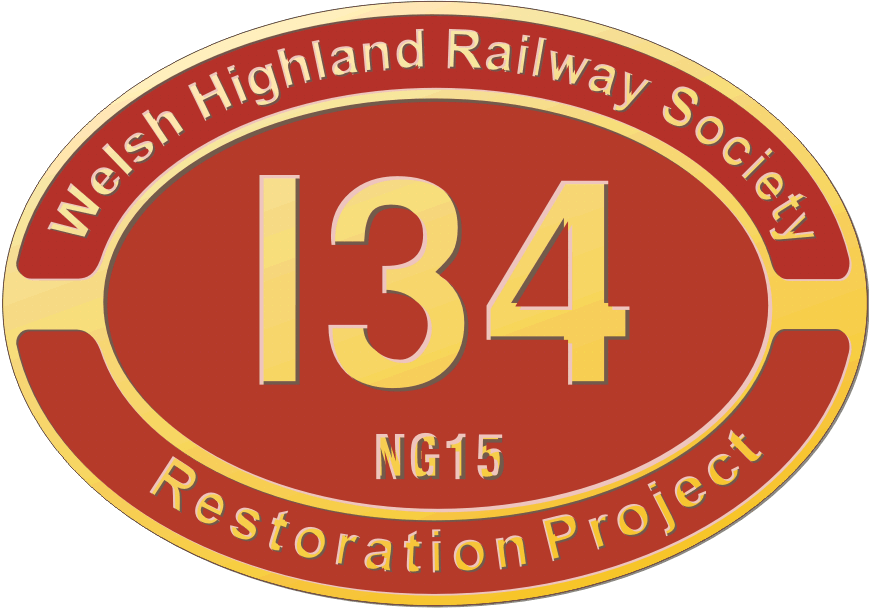
 

|
 |
|
The first four batches (totalling sixteen locos) were all for use on the Otavi system in SWA. This German built line was one of two 60cm gauge networks in the colony. At their maximum extent they totalled nearly 700 route miles. Gradually sections were replaced or re-gauged to 3' 6" but 250 miles remained from Karibib, running north east to Otavi, and to the mines at Tsumeb and Grootfontein which provided the main traffic. The route crossed the Namib, the most arid part of the vast area often loosely known as the Kalahari - Kalaharies being a knickname sometimes given to the NG15's. This desert inheritance is particularly visible in the locos' very large tenders that, as well as 2860 gallons of water, can carry up to five and a half tonnes of coal.
The class worked throughout the SWA narrow gauge lines but by the 1950s the limitations of such a narrow gauge were beginning to be critical. In 1958 the fifth and final batch of five NG15s was ordered from Henschel by the Tsumeb Corporation itself, to ease the backlog of traffic. As many will know they then ordered seven NG/G16s, but by then the decision had been made to re-gauge the whole system to 3' 6", and in November 1960 the narrow gauge in SWA ran for the last time.
There remained several 2' gauge routes within South Africa itself. These included a number of lines serving timber and agricultural areas of Natal province, and one carrying mainly fruit and limestone in the Cape Midlands. This latter one penetrates the Langkloof Valley west of Port Elizabeth and it was to there that all members of the NG15 Class were transferred. The line is some 180 miles long, running from PE to remote Avontuur in the mountains, and with a branch to Patensie. It traverses some magnificent scenery, but much of the line only really came into its own during the fruit seasons.
There the 15s ran for another thirty years or so. They are a little less powerful than the Garratts, but a good deal simpler, they were popular with both crews and management. Regular monthly totals of 3000 miles and more can rarely have been equalled by locos on the 2' gauge anywhere, whilst the stories of 40 mph top speeds suggest smooth running too.
The introduction of the Class 91 diesels, the deregulation of road haulage, and the consequent rundown of the railways in South Africa led to their being withdrawn in the 1990s. All 21 still exist (though some are in a very sorry state - see the Post Service page). Of those 21 only three are operational, No.17 at Sandstone, No.119 at the Apple Express and No.123 at the Bennet Brook Railway in Western Australia. As for the six which made it to the UK, none are steamable and of these only 134 is currently being worked on.
With thanks to Martin Coombs & Peter Randall.
134 in Service
At present we're trying to find out more specific details about 134's service career so hopefully we'll eventually be able to add something here. In the meantime Martin Coombs has kindly allowed us to use his transciption of 134's Repair Book.